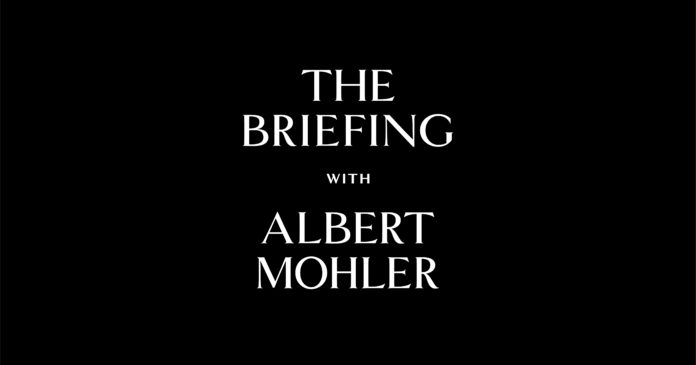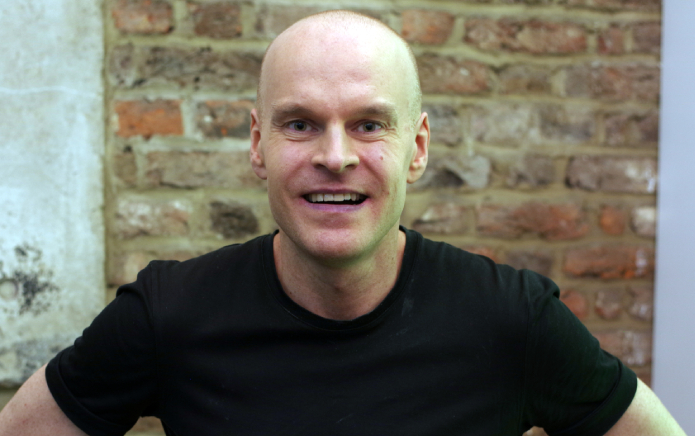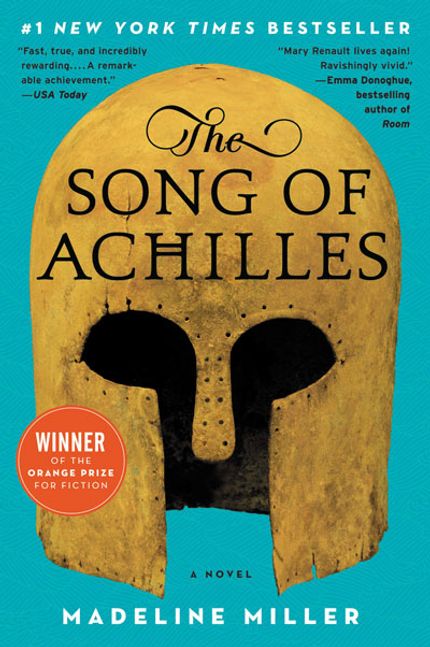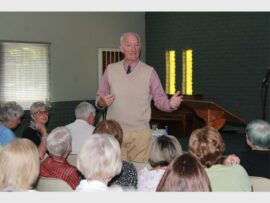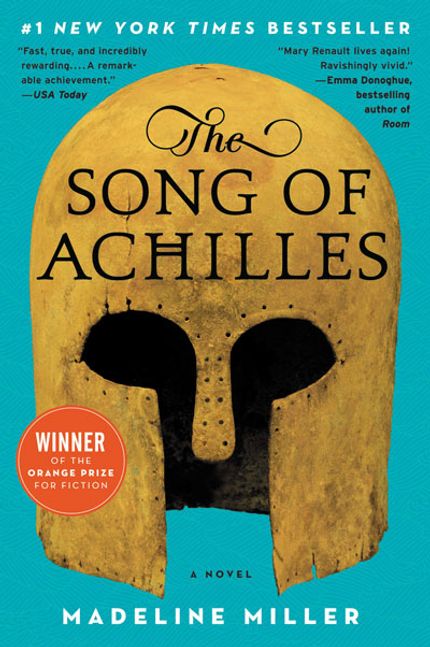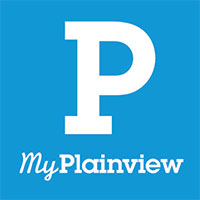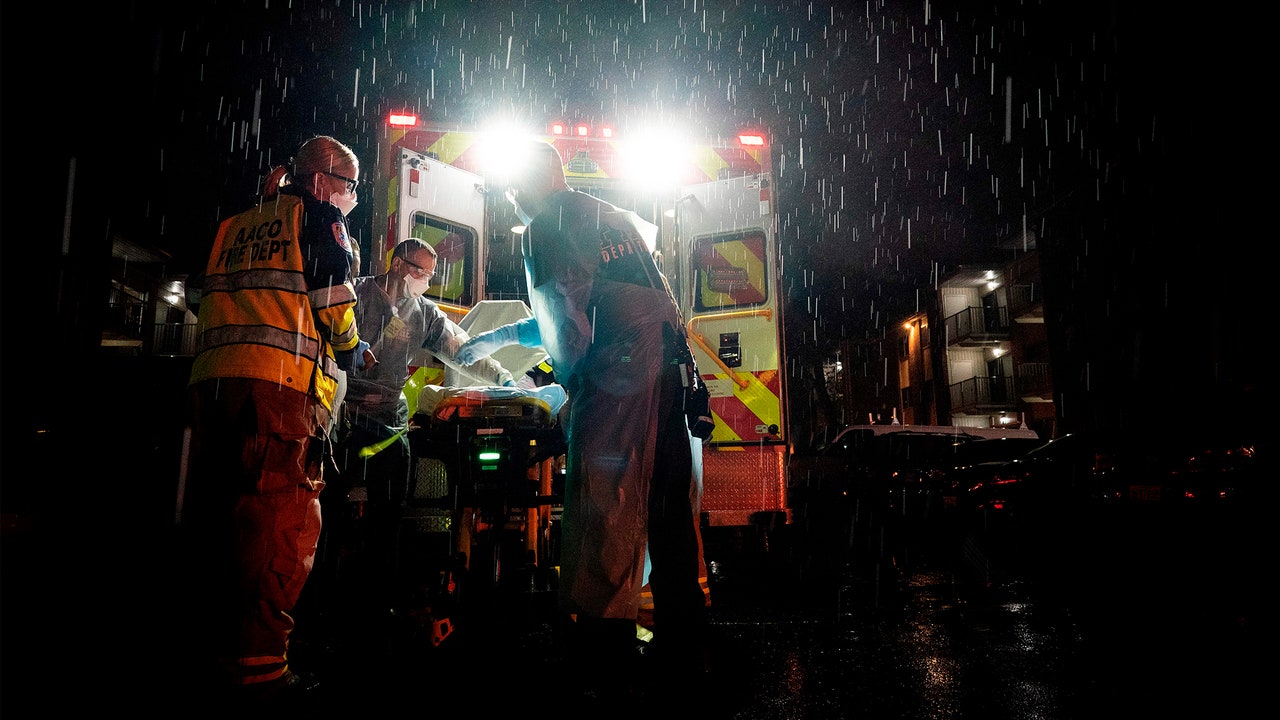
We are watching some very interesting developments taking place and the opening of the school year is the occasion for some of the most interesting, and in many ways important controversies of our day. Much of it comes down to what children will be taught in the schools and what will also be in the school libraries? What kind of books will be on the bookshelves? In the classrooms? What kind of material? What kind of curricula will be presented to children?
Perhaps the most interesting aspect of this for us to watch, is the fact that the polarization in American society, inevitably turns to the huge question, the unavoidable question of what children will be taught. Eventually the curriculum, the subject matter, the policies of the public schools become a central issue in understanding the future of the culture, and that’s contested terrain.
And so what we are seeing, is that even as the public schools emerged largely with a massive cultural consensus behind community control of the schools, the fact is that we are living now in a very different world. We’re living in a world of absolute political, moral, cultural worldview polarization.
And what we have to acknowledge is that right now, there will be people, very upset about the public schools from either the left or the right, or both at any given time. But what we also have to note is that we are looking at a strategic period in the history of public schools in the United States, in which almost beyond question, we’re going to end up with one or the other picture of the future of public education in America.
We might also end up with a map of the United States, somewhat like what we have right now on the abortion question. You have a state like Mississippi, that has very conservative pro-life laws on abortion now, and you have a state like Massachusetts, which really represents almost the other extreme.
You look at the difference between the laws of Alabama and the laws of New York, and it’s not just a Southern-Northern issue. As you’re looking across the map of the United States, it’s a red blue issue, it’s a liberal-conservative issue, it’s a pro-life versus pro-abortion issue and yes, it is an issue over the disputed question about the future of the public schools. What shall our children be taught?
Now, interestingly, right now, there are a couple of locations where this question is particularly hot. And the first of those places is the State of Florida. The second of those places is a public school library, found just about anywhere a public school might be located.
First of all, the State of Florida. Over the weekend, The New York Times ran a headline story. Here’s the headline, “In Florida, Cautiously Navigating How to Teach.” The subhead, “New laws complicate what is acceptable.” Sarah Mervosh is the reporter here. It’s an interesting report, in which she really gives us some fascinating details about what is happening as the public school year begins in the State of Florida with a brand new law, very much on the books.
One of the most important of the new laws concerning the schools there in Florida, was passed with support from the legislature and leadership from Florida’s governor, Ron DeSantis. It is known as the Parental Rights in Education Act. You’ll recall that the liberal opponents to the bill called it the “Don’t Say Gay” bill. Now, that’s not an accurate representation of the bill but the issues of human sexuality and gender, sexual activity and behavior, sexual identity politics, all of that actually is addressed in this legislation known as the Parental Rights in Education Act.
Sarah Mervosh, the reporter in this case for The New York Times is telling us, that changes are going to be made because of this law. It’s a really interesting beginning to her article. I think, Christians would be very interested in how the story begins by citing a teacher in St. John’s County, Florida, who “typically keeps a gay pride flag hanging up in her classroom.” We’re told that she is the faculty sponsor of a Gay-Straight Alliance club at her high school, and she wants her students to know they are safe with her.
But we are told that this year as the school year opened, this teacher “found herself quietly repurposing the flag.” The New York Times tells this, “No longer on full display, it now hangs as a rainbow background, partially obscured among posters, photos, a calendar, and other trinkets on her class bulletin board.”
Here’s the explanation by The New York Times, “The change is emblematic of the fear, uncertainty and confusion many educators in Florida say they are feeling this school year, as new laws take effect restricting teaching on gender identity, sexual orientation, and race and expanding the oversight of books.”
Now, as I began, I said, the two most interesting places to watch right now might be the public schools in Florida and public school libraries. But as this article says, maybe the most interesting place of all is a public library in a public school, in the State of Florida.
To be sure The New York Times is quite alarmed about this. The report tells us, “Nationwide this year, state lawmakers have introduced at least 137 bills seeking to restrict teaching on topics such as race, gender, LGBTQ issues, and American history up from 54 last year.”
Now, it’s very important to recognize the source of those statistics. It is PEN America, that’s P-E-N America, a free speech group indeed, it’s an activist group. Jeremy C. Young identified as a lead author on that report said, quote, “It’s opening a second front on public education.” He then went on to say, here’s what he meant, “Accusing public education of indoctrinating students on the basis of race, and then making the same accusation that they’re indoctrinating them with LGBTQ propaganda.”
Now, I just want to state for the record. It is demonstrable, that in school system, after school system, perhaps not to the same degree in your local school system, but maybe you better check it out. The reality is that what is happening is well and accurately described as indoctrination with LGBTQ propaganda.
I have had so many parents, virtually from coast to coast, send me materials that have been presented to their children. Sometimes high school students, sometimes middle school students, but indeed even sometimes elementary school students. And even though the word propaganda is a very strong word, I just have to tell you that is exactly what much of this material actually represented.
We have seen, a smuggling into public school curriculum, of materials that clearly seek to legitimize and to make for that matter, rather attractive the entire spectrum of behaviors and lifestyles and designations that go under the letters LGBTQ. And again, you’ll notice the clash here between two different visions of reality.
This story begins with that public school teacher in Florida, who until this law was passed, and previous to the opening of this academic year had been flying a gay pride flag in her classroom. Now, just remember what that means. You’re talking about a flag, that’s sending a message and the message the flag is sending, is the approval of LGBTQ relationships, the entire movement.
Now, to be sure here’s a teacher who was also identified as the faculty sponsor for a Gay-Straight Alliance. Again, we’re not talking about neutrality here, but we also have to remember, and this is in many ways the key issue of our moment right now, there will be families in at least many, if not most, if not virtually all public school systems who will say, “Hey, I want the gay pride flag up.”
There are others saying, “I don’t want to send my children K through 12, any point in between to a school where they’re going to go in the classroom and be presented with that kind of indoctrination into a sexual revolution.” Both sides actually know what the flag means, that’s not the contested issue. The issue is, should the flag fly in the classroom? And in this case, the flag is just a signal.
The argument that Governor DeSantis and other political leaders there in Florida used, in order to advocate for the new laws, the Parental Rights in Education Act is just one of them, is that parents have the right to have certain expectations about what will and will not be taught to their children. And restrictions were put on what public school teachers are to be able within public school systems in Florida to teach the children.
And on LGBTQ issues, it’s very interesting, some of the teachers are saying, “Look, I’m not bringing up these issues, the students themselves are bringing up these issues.” And furthermore in this article, you have teachers saying, “Listen, some of these students come out of the closet.” So to speak, indeed, that’s the very language they use. They come out to a public school teacher, thus, they start the conversation. It’s not the teacher starting the conversation.
Now, I simply want to back up and say, this is pretty much where we are right now. And by the way, at least in some of the facts, both sides are speaking accurately about the facts. The facts are, that there’s a great deal of indoctrination and ideological propaganda being pushed in the public schools, not only in Florida, but elsewhere, at least until the passage of this law, having to do with advocacy for positions that many parents would find absolutely unacceptable if not abhorrent.
It is also true that the public schools include at least some, if not a significant number of students coming from a significant number of families, who really do see the public schools as engines of moral and ideological progressivism, and that’s pretty much the way they want it.
And so we are looking at a deep, deep division in our culture. And then that culture is clear in election time, you know that. It’s clear in a political map of the United States. You see that, it is clear as you look at the 50 states on the question of abortion, that’s extremely evident, but it’s also true in the public schools.
But the difference is this, in an election, you’re talking about votes being counted within a jurisdiction. When you’re talking about the schools, the public schools, you’re talking about very real children and teenagers in very real classrooms and someone is going to make the very real decisions of what is taught and what is not taught, what is acceptable and what is not acceptable. And we have now reached the point as a country where that is some of the most essentially contested terrain in our entire cultural experience.

